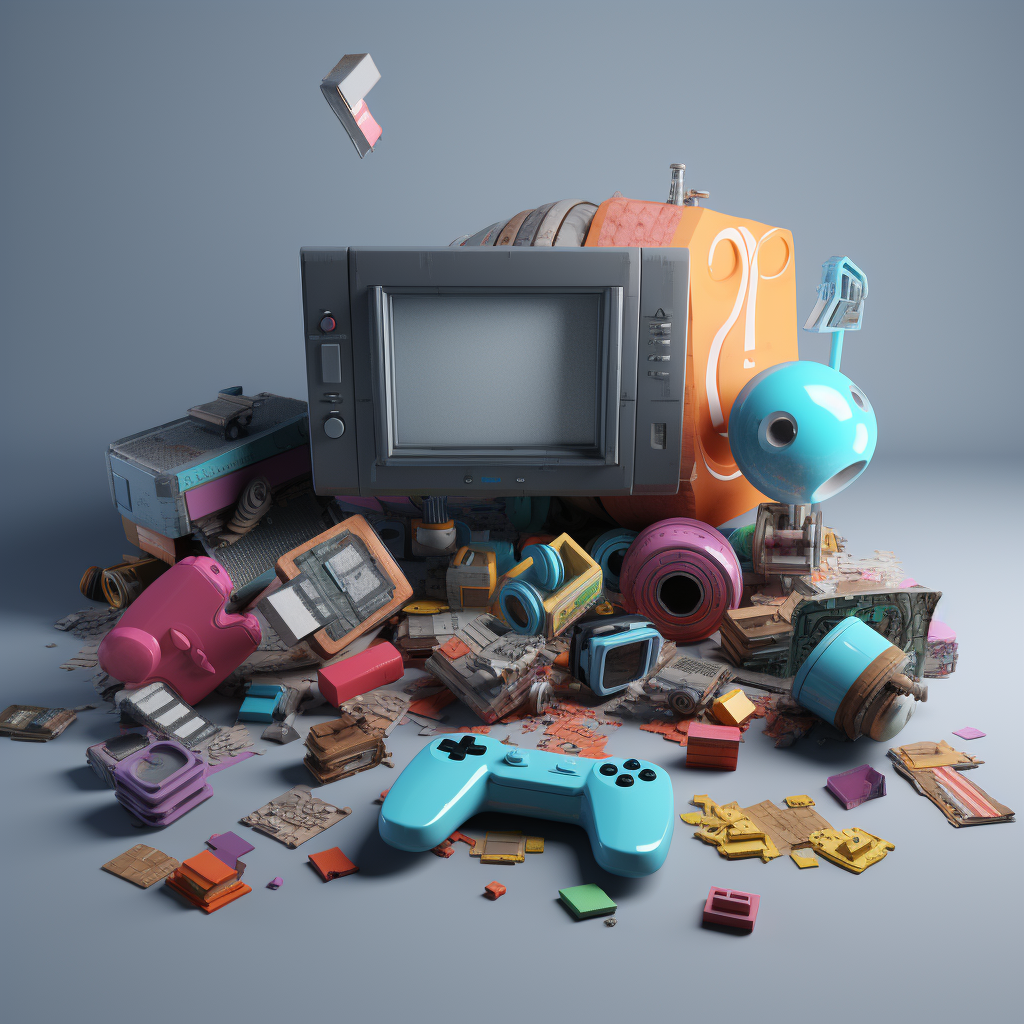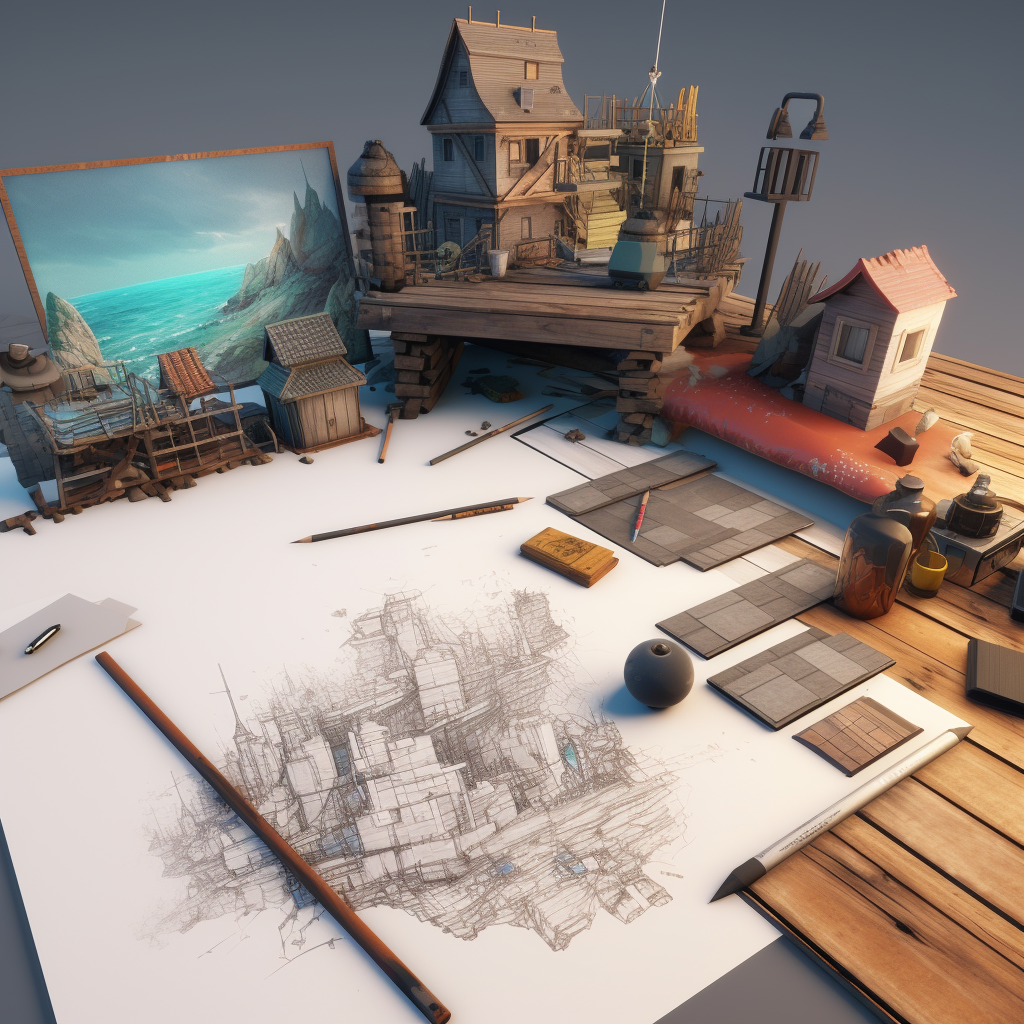| Key Takeaways |
|---|
| – Different types of game design documents (GDDs) cater to specific needs, such as mechanics, gameplay, or narrative, and contribute to a polished final product. |
| – Developing a game concept involves brainstorming ideas and features, creating engaging characters, and crafting immersive storylines. Passion and creativity are essential during this process. |
| – Brainstorming should be tailored to the specific needs of the project, encouraging unconventional ideas that can unlock the project’s potential. |
| – Character arcs and storylines add depth and emotional resonance to a game. Developing intricate and multifaceted characters helps create a memorable and captivating gaming experience. |
| – Well-crafted game mechanics are essential for an engaging and enjoyable gaming experience. Constant innovation and player feedback contribute to refining and strengthening game mechanics. |
| – Detailed design documentation provides a clear overview of the project, ensures a shared understanding among team members, and improves planning, issue identification, and optimization. |
Do you have a great idea for a game but just don’t know where to start? Whether you’re an aspiring developer, an experienced designer, or simply appreciate the process of creating games, understanding how the development cycle works is essential. From coming up with ideas and introducing them as game design documents to playtesting and launching your project for others to enjoy – there are plenty of steps in between that many people overlook. In this blog post, we will explore the entire workflow involved in the conception and development of video games – from ideation all the way through launch!
Understanding the Different Types of Game Design Documents
Game design documents (GDDs) are essential to the creation of any video game, acting as a sort of blueprint for the developers to reference throughout the game’s development. However, not all GDDs are created equal; different games require different types of GDDs to truly make the development process efficient. Some GDDs may focus on mechanics and gameplay, while others may delve into the lore and narrative of the game’s world. As such, understanding the different types of GDDs can help game developers tailor their designs specifically to the needs of their game, resulting in a more polished and cohesive final product. Whether you’re a seasoned game designer or just starting out, knowledge of GDDs is an invaluable tool to have in your arsenal.
Creating a Concept for Your Game
Developing a game concept can be a daunting task, but it is also one of the most exciting and creative processes in game development. It’s the moment when you can brainstorm and imagine all the details of your game world and characters, and come up with unique gameplay mechanics that will make your game stand out from the crowd. From a certain perspective, creating a game concept is like writing a story. You have to make sure that your idea is engaging, interesting, and enjoyable for your audience. Additionally, you need to have a clear approach to how you’re going to execute your vision and ensure that all aspects of your concept are well-defined before moving to the next stages of game development. Remember to keep your passion and creativity at the forefront of the process, as it is the fuel that drives your game concept.
Brainstorming Ideas and Features
When it comes to brainstorming new ideas and features, there’s no one-size-fits-all approach. Each business and project is unique, which means that the brainstorming process should be tailored to meet those specific needs. Brainstorming involves getting creative, thinking outside the box, and allowing yourself to explore all possibilities. It’s important to encourage everyone to contribute their ideas, regardless of how wild or unconventional they may seem. You never know, those ideas could be the key to unlocking your project’s potential. With a little patience, an open mind, and a willingness to be bold, you’ll soon find yourself with a long list of exciting new features and ideas.
Developing Character Arcs and Storylines
The heart of any good story lies in its characters. Learning how to develop character arcs and storylines is crucial for any aspiring writer. Weaving a character’s growth and development throughout a plot can add depth, complexity, and emotional resonance to a story. As writers, we must create intricate and multifaceted characters that readers can connect with and care about. Developing a character arc involves asking questions about their goals, motivations, and fears, and then building a plot around those elements. By creating believable and dynamic characters, we can immerse readers in our story and keep them invested until the very end. It’s a difficult balancing act, but the result can be a truly memorable and captivating work of literature.
Building up the Game Mechanics

Game mechanics are the backbone of any successful game, creating an engaging and enjoyable experience for players. With the boom of the gaming industry, the competition has become fierce, making it crucial for game developers to constantly innovate and improve their game mechanics. Every aspect of game mechanics, from the interface to the controls, must be carefully crafted to ensure that players are fully immersed in the game’s world, creating a memorable experience. Through thoughtful iterations and feedback from players, game mechanics can be strengthened and refined, leading to a more enjoyable and satisfying gaming experience for all.
Writing Detailed Design Documentation
Creating detailed design documentation is a crucial step in any development process. It involves outlining every aspect of the project, from the initial concept to the final execution. By providing a clear and concise overview of the design, documentation ensures that everyone involved is on the same page and can work towards a common goal. Moreover, it enables developers to better plan their work, identify potential issues, and find opportunities for optimization. Whether you are a seasoned developer or just starting out, writing detailed design documentation should always be a top priority. Not only does it help improve the quality of a project, but it also saves time and resources in the long run.
Crafting game design documents can be a long and complex process, but is an essential step in the game development workflow. It’s important to keep track of all ideas discussed and develop processes for organizing them into coherent and achievable game design plans. Utilizing the tips provided above, you can create thorough documents that will help guide your game developers during production. By utilizing great game design documents, game developers have a roadmap to successfully come up with ideas, shape characters, build storylines, create mechanics, and turn their unique vision into reality. No matter what kind of game you’re working on — from MMOs to story-driven adventures countless possibilities await!




